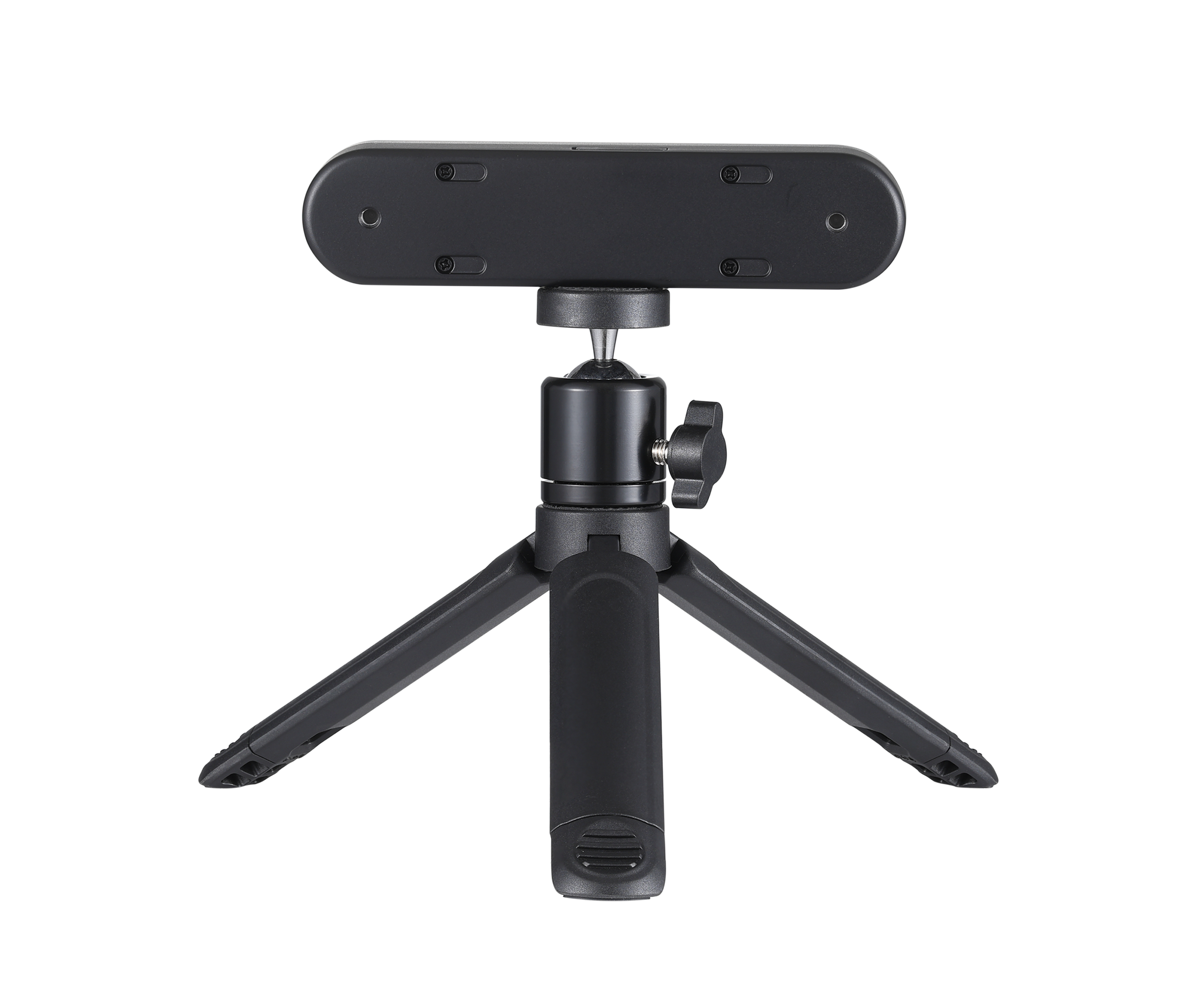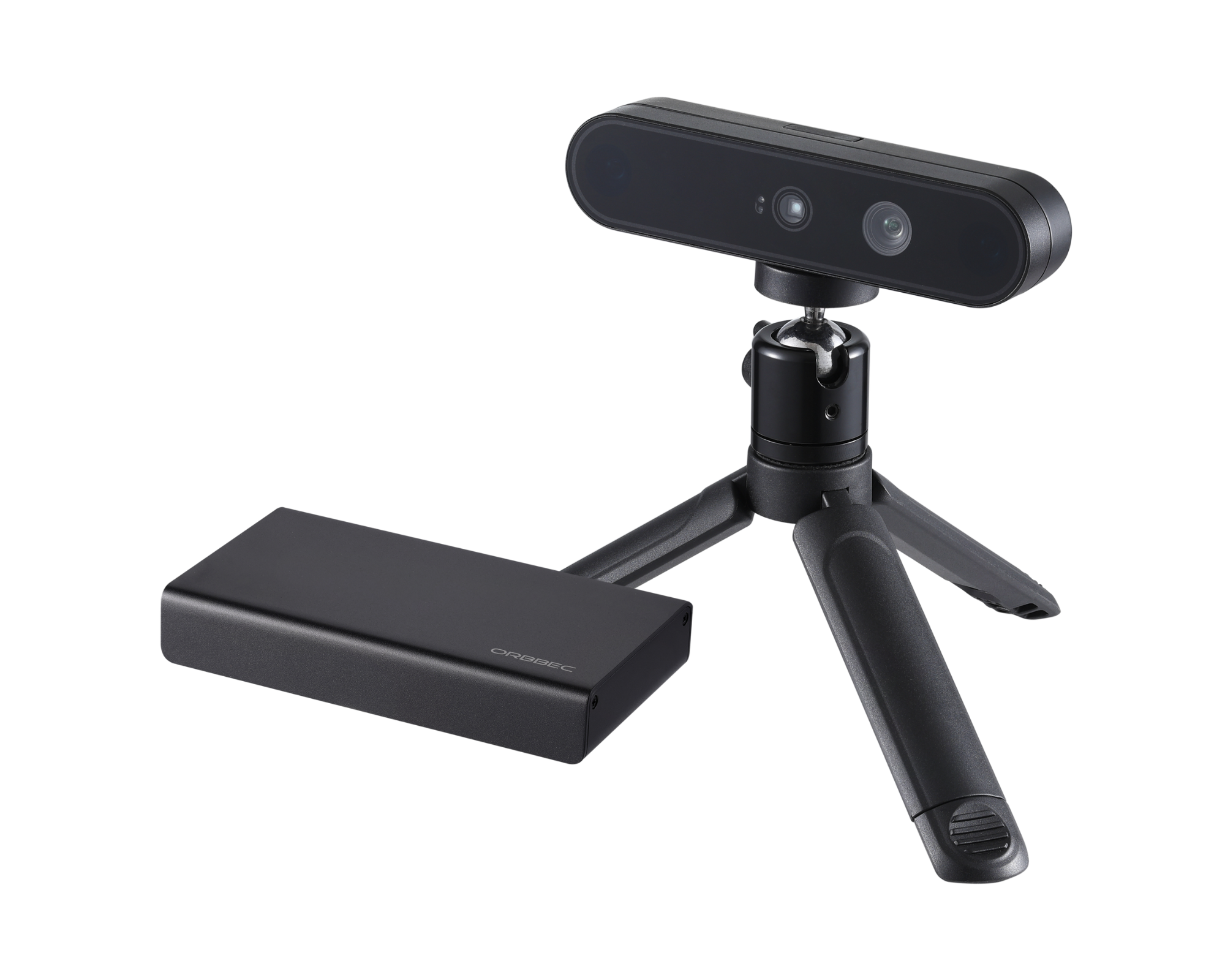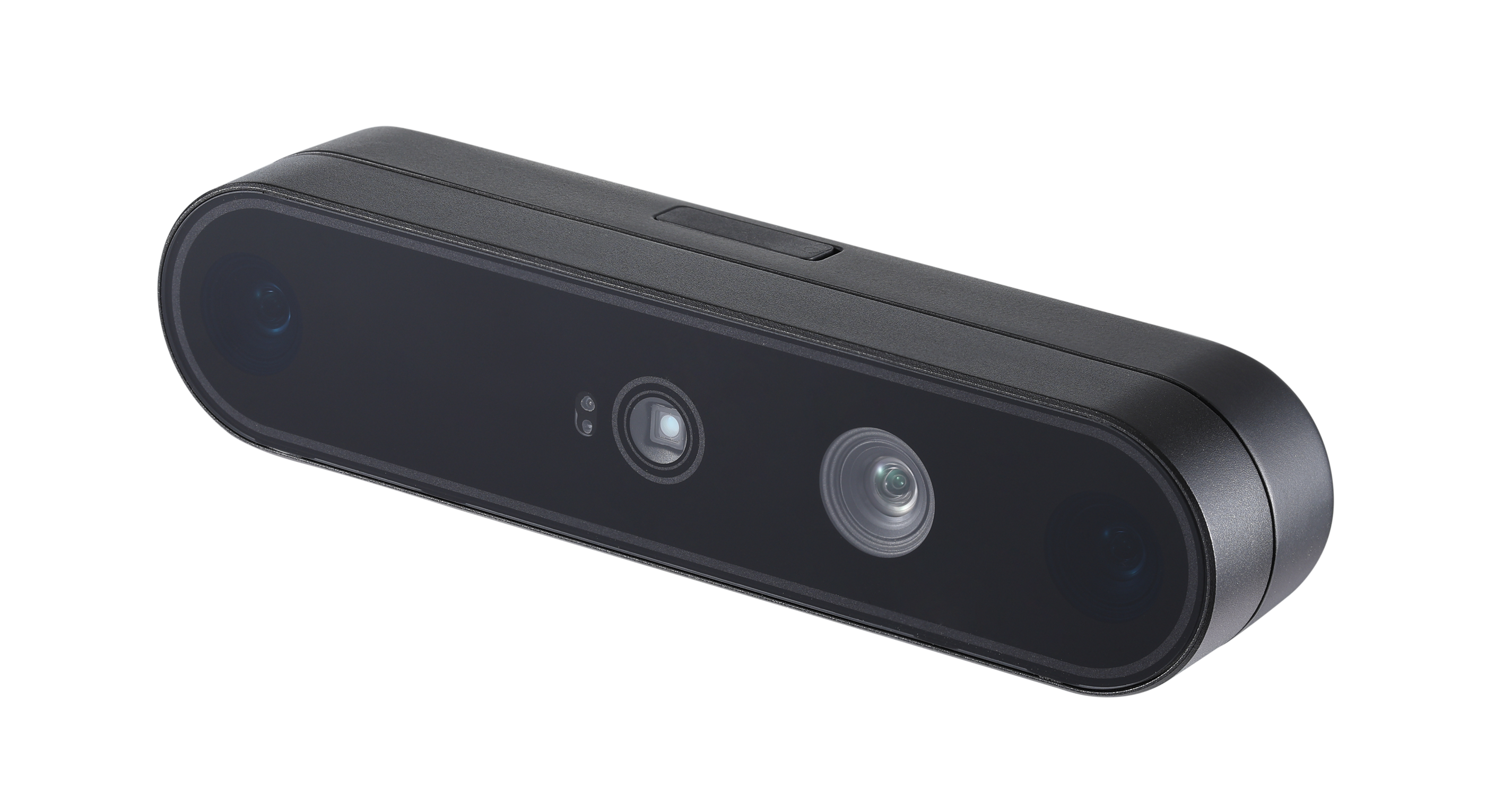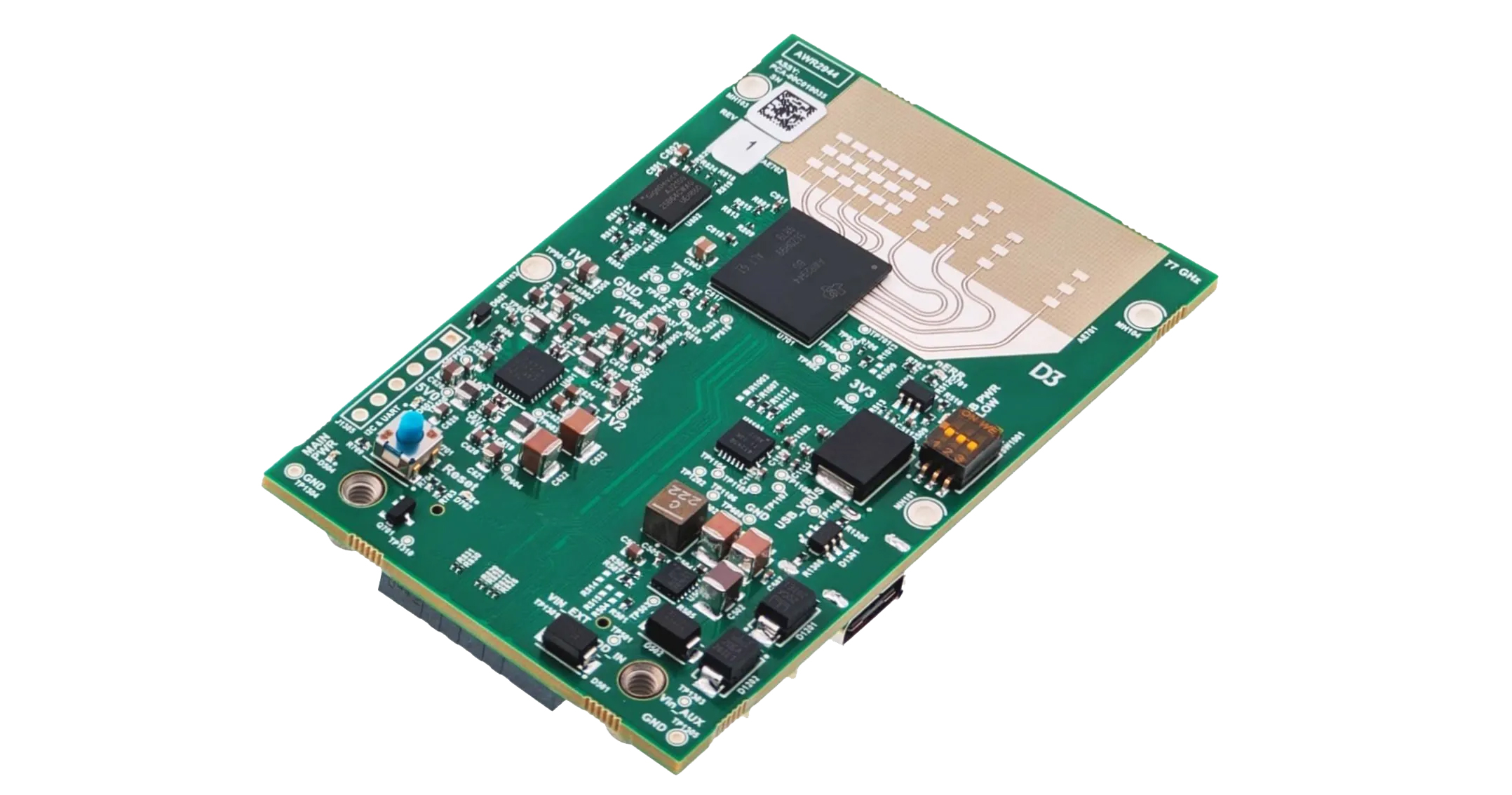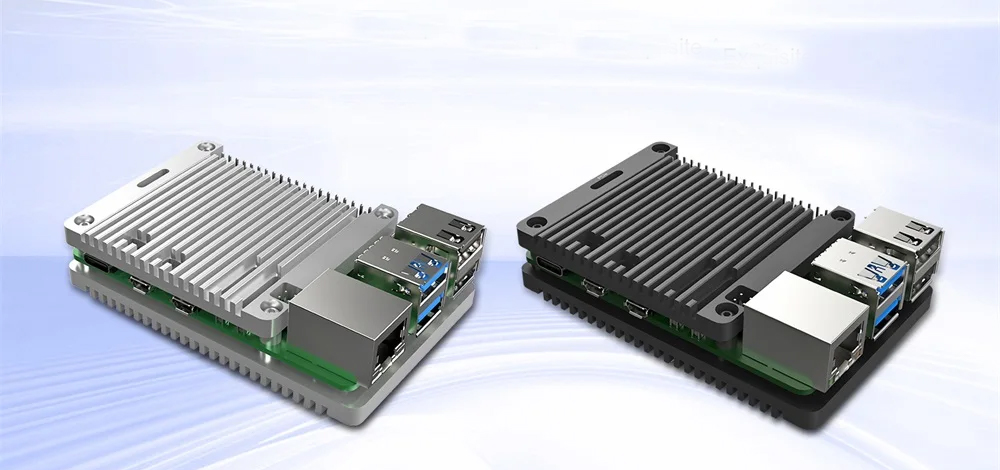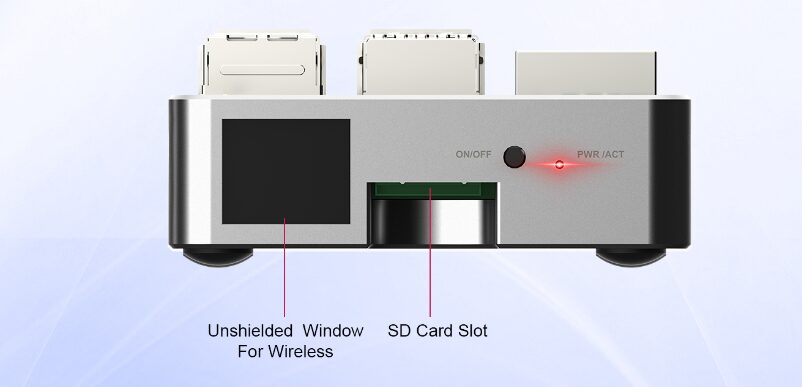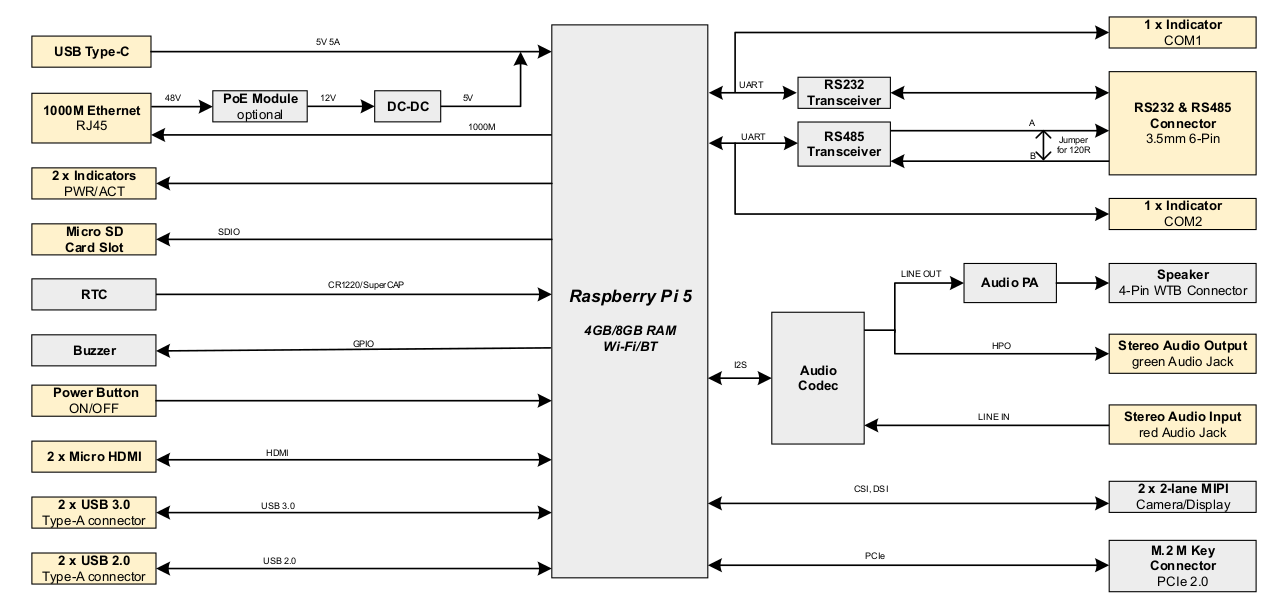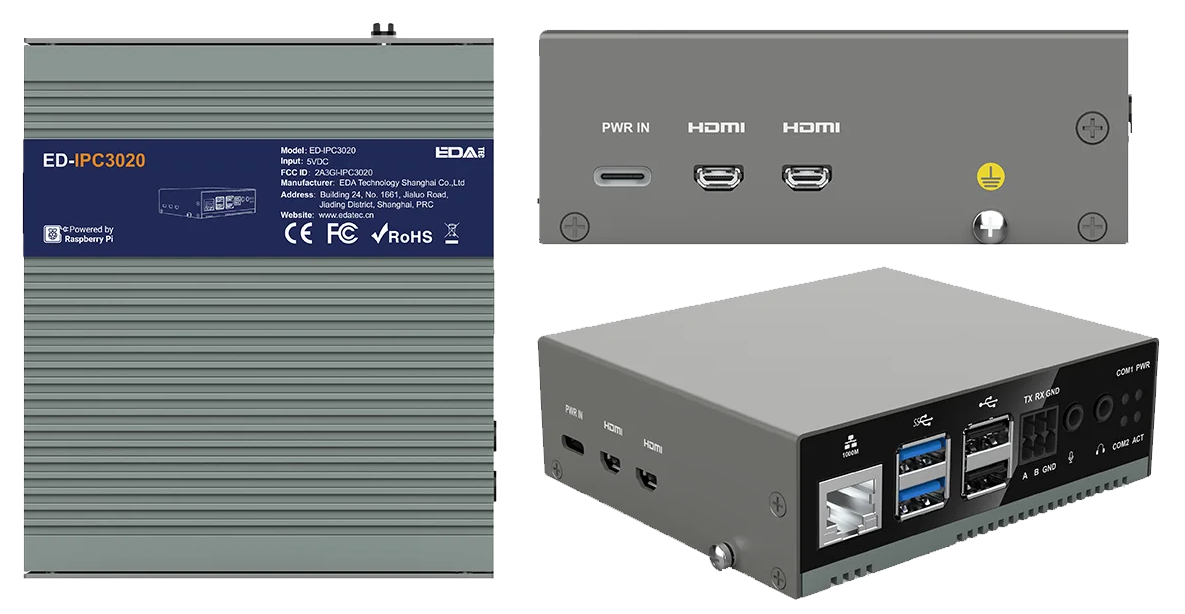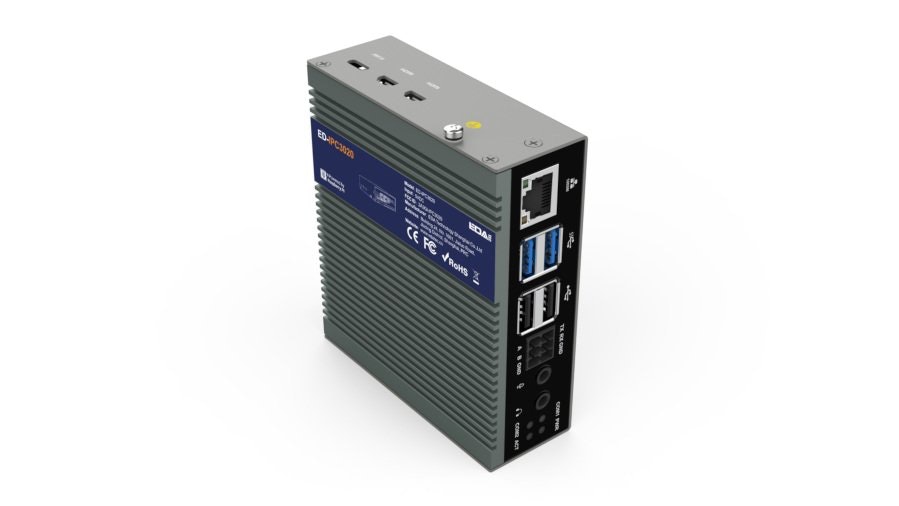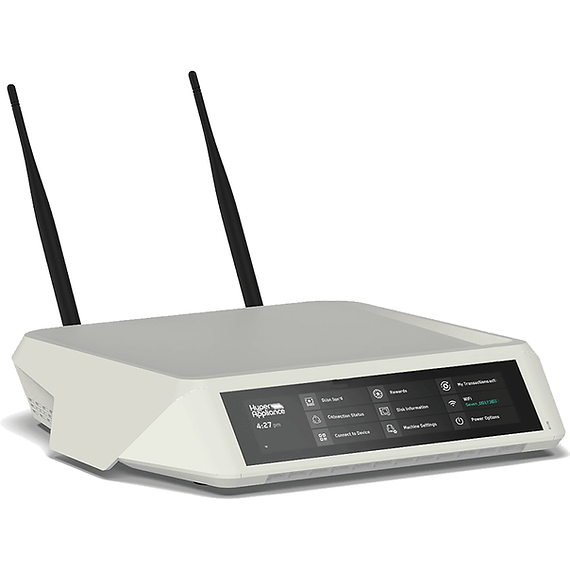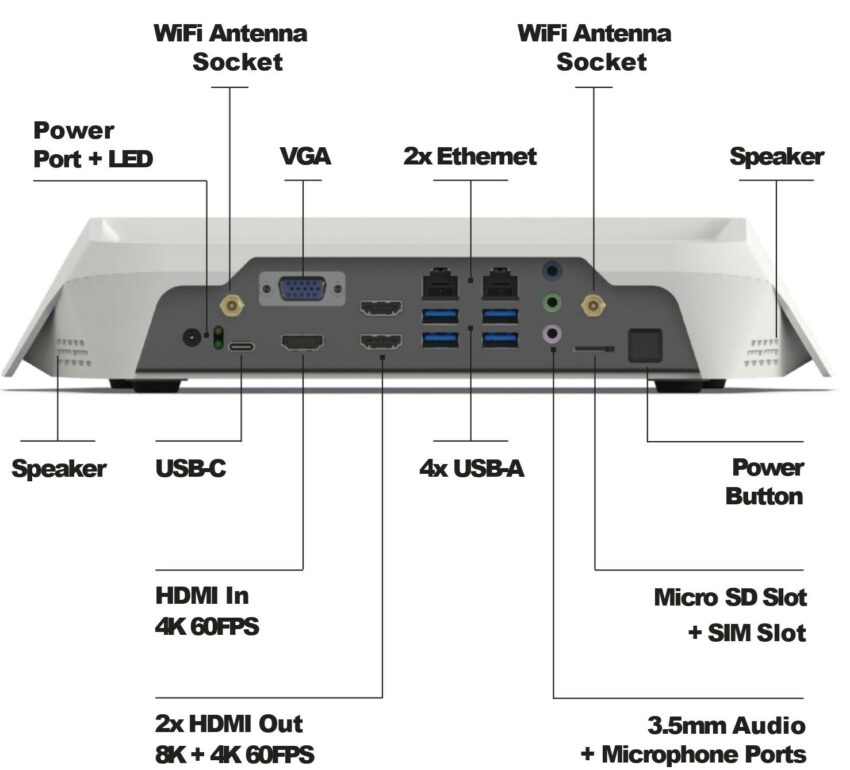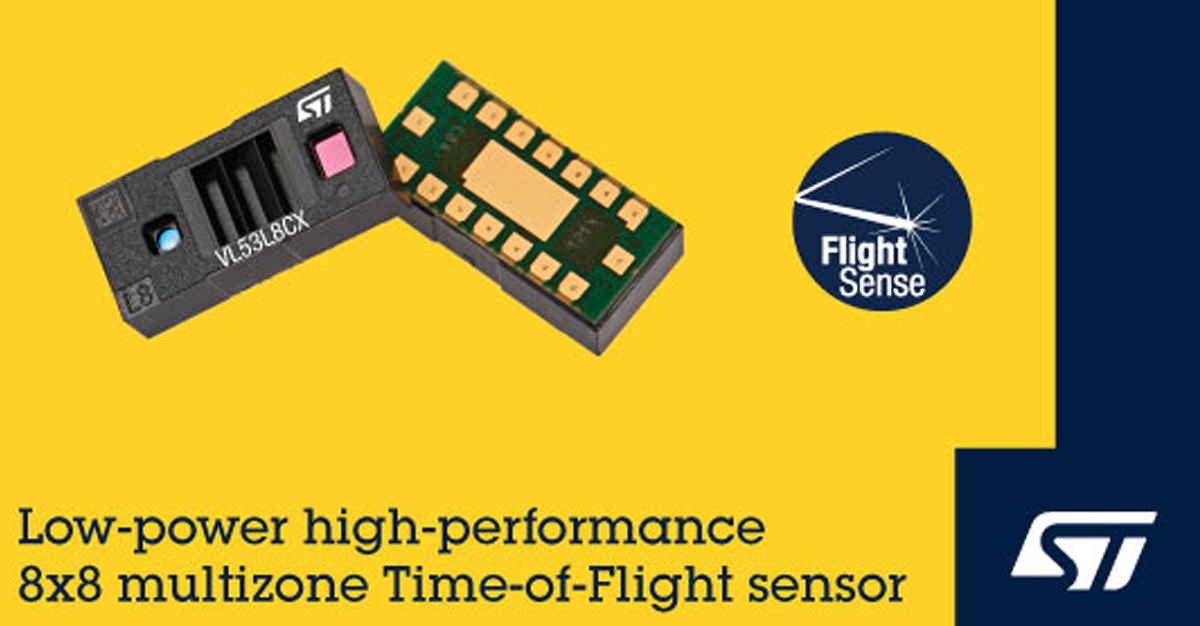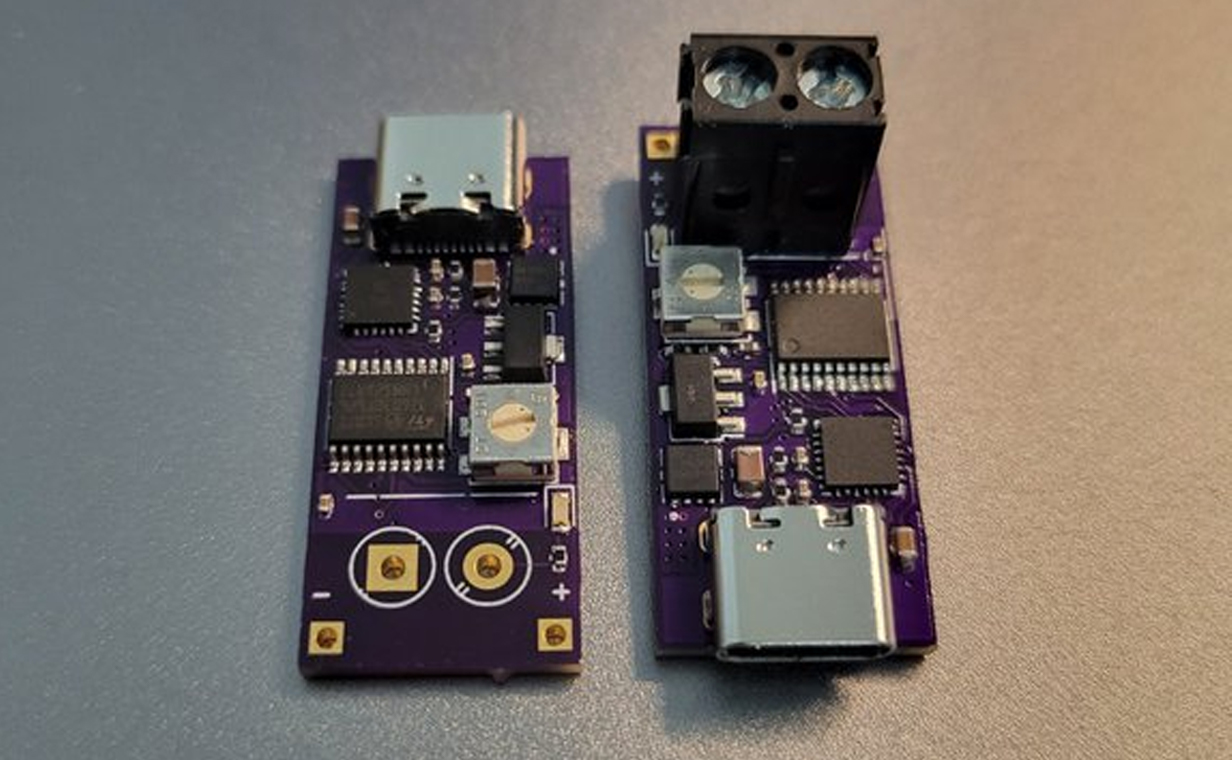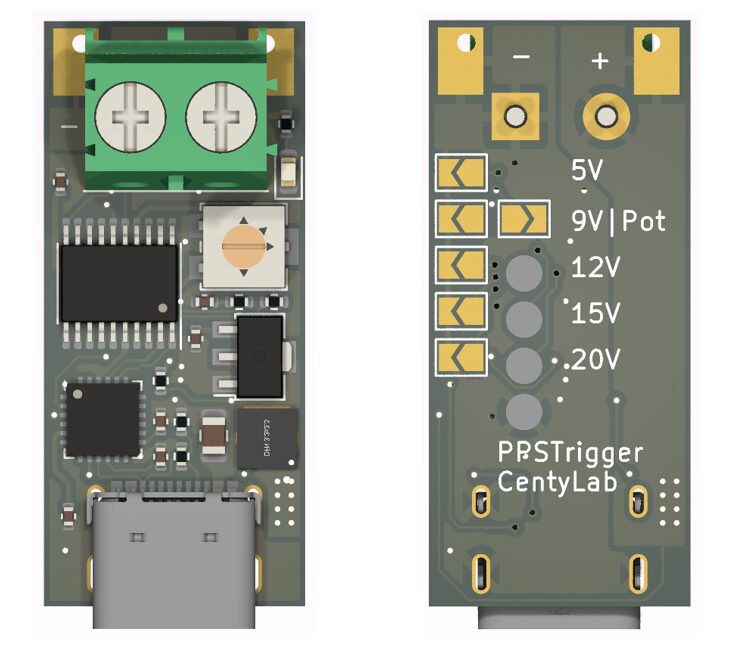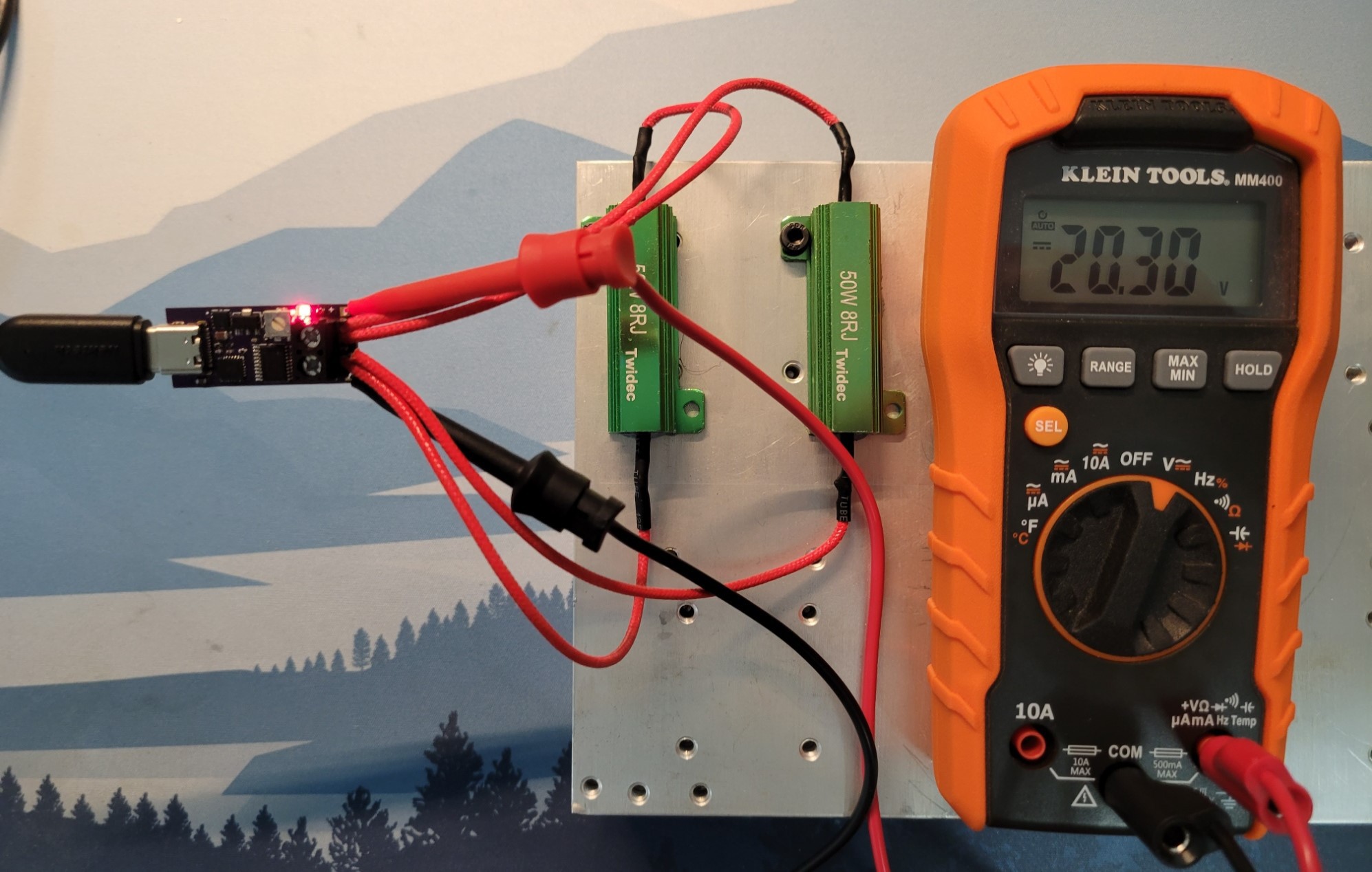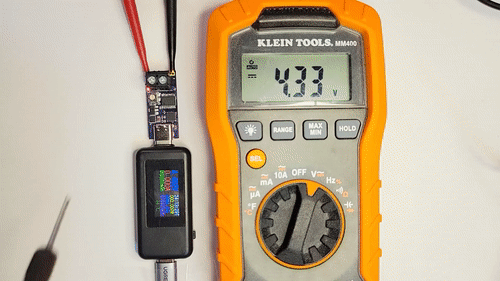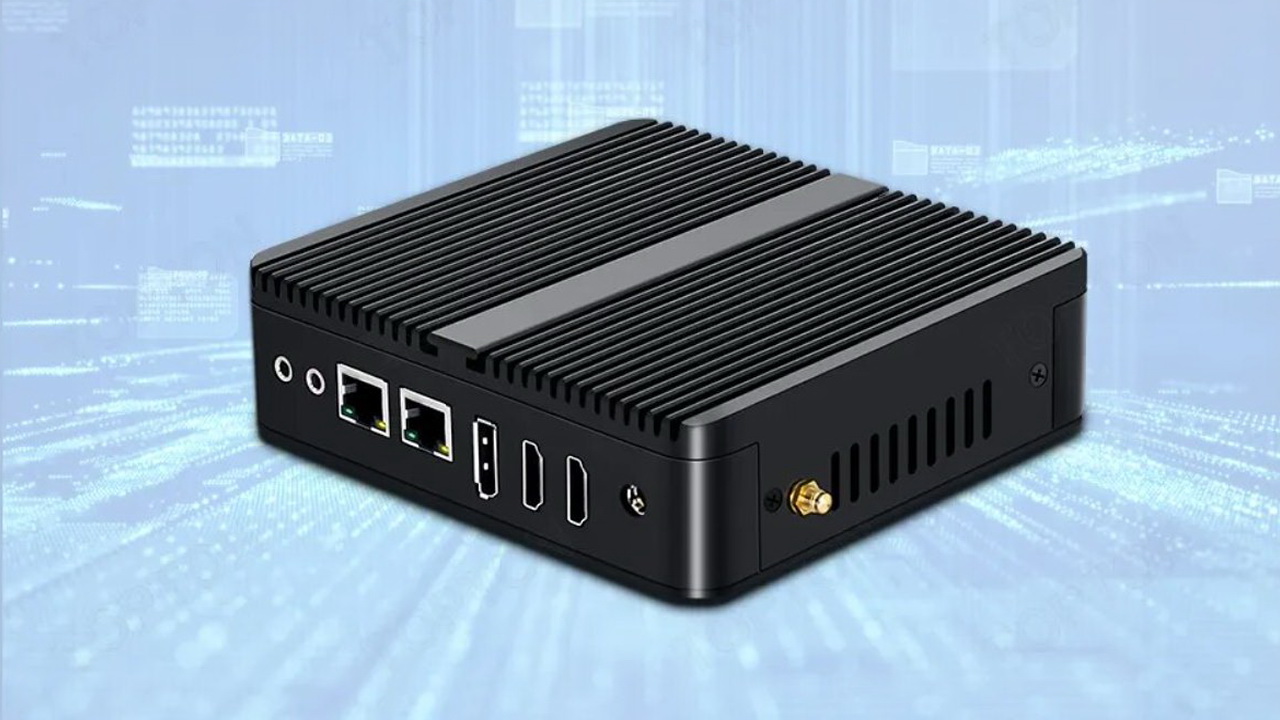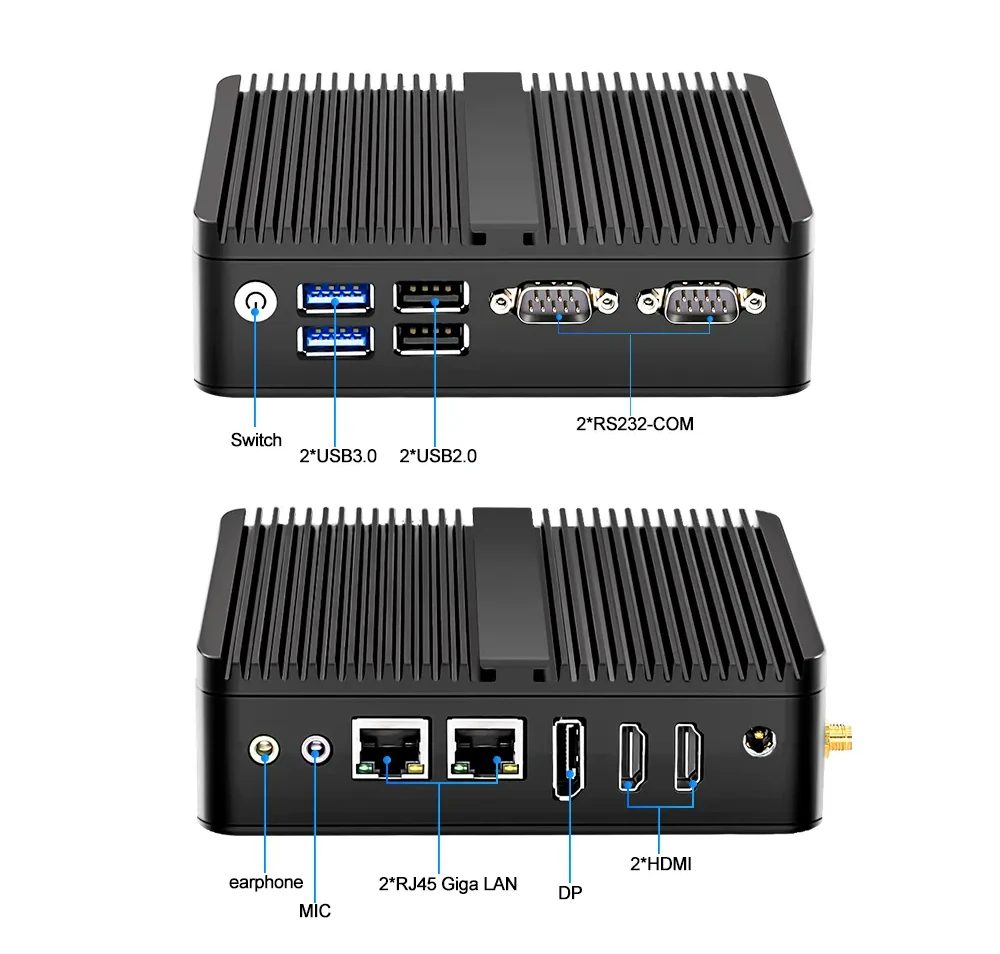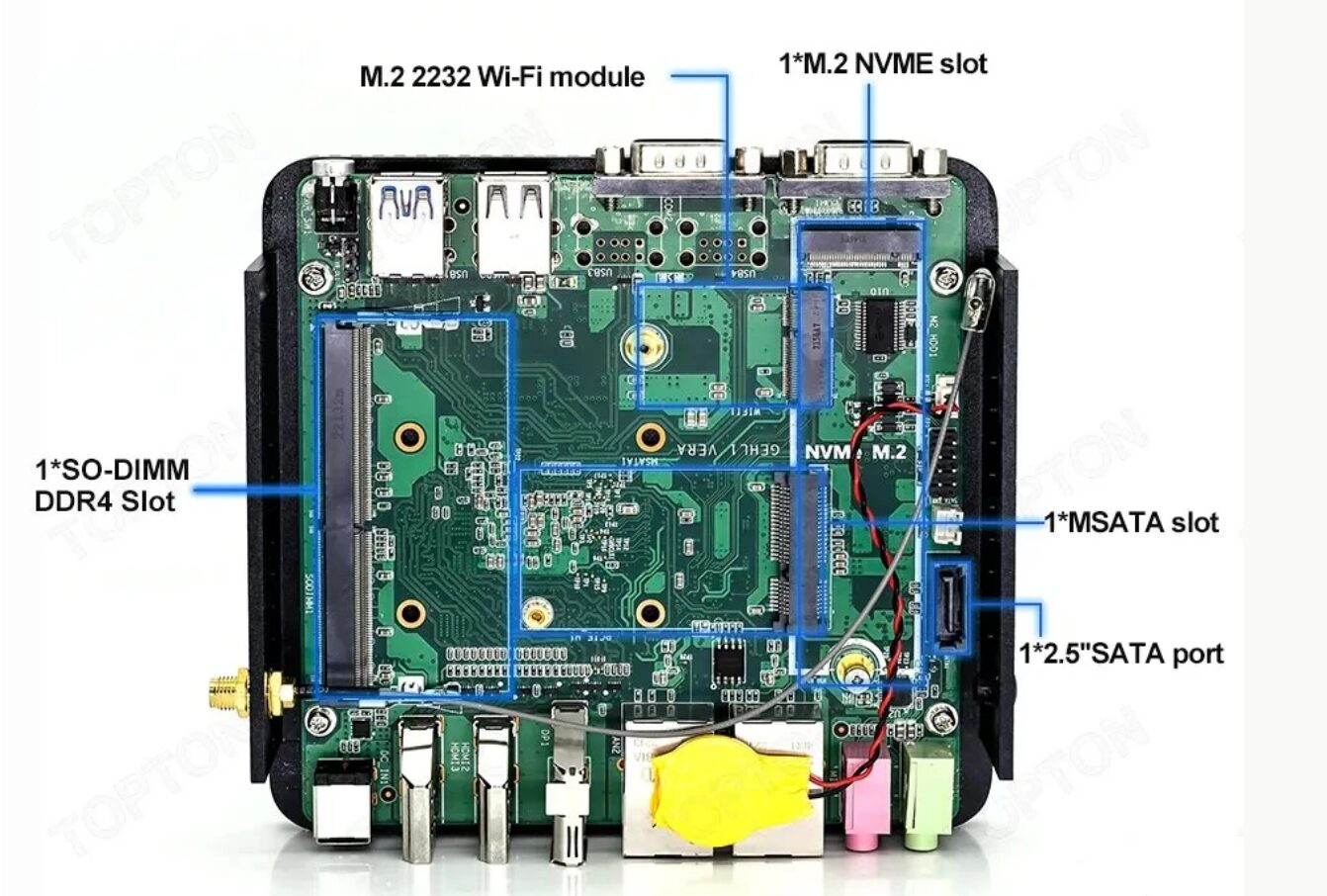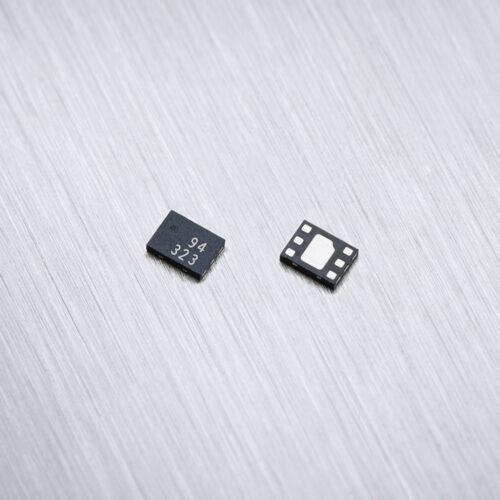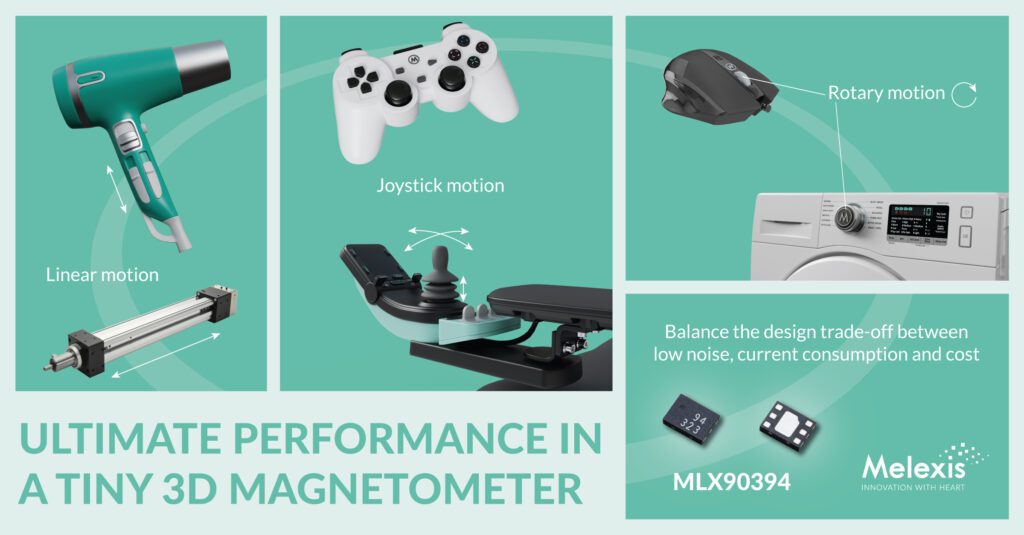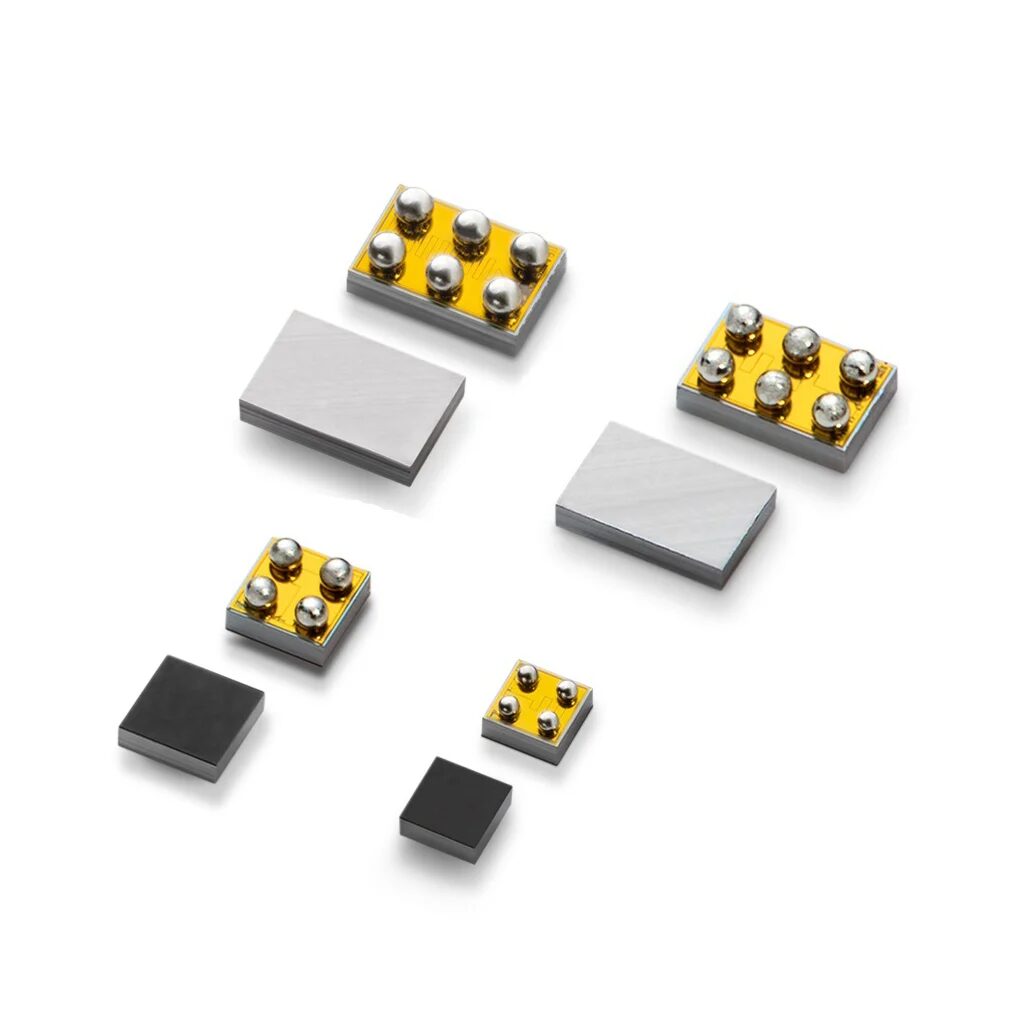The Gemini 2 XL is made for AI-based vision developers looking for an affordable, wide FOV RGB-D PoE camera with high-performance over a long range and varied lighting condition
Orbbec, an industry leader dedicated to 3D vision systems, today announced the launch of the Gemini 2 XL at this year’s Consumer Electronics Show (CES). Ideal as the primary visual system for a variety of robots and numerous AI-based video analytics and interaction systems, the Gemini 2 XL is a long-range, 3D camera that delivers accurate and reliable data in various lighting conditions from pitch black to outdoors.
Orbbec’s mission is to make 3D vision accessible and the Gemini 2 XL will enable robot designers to access premium visual information at a fraction of the cost of current solutions.
The newly released camera unit is easy to set up and operate with the Orbbec SDK and features:
- Superior RGB-D Quality: Providing data suitable for a wide range of demanding AI-driven recognition and tracking applications that require detection of small objects and while excelling in high-reflectivity environments. The deep learning algorithms can generate a complete phase map around small objects and fixtures by overcoming challenges faced by traditional algorithms due to shadow, speckle pattern size, illumination condition, etc.
- Minimal Environmental Light Impact: Offers exceptional performance in various lighting conditions, including direct sunlight and outdoor environments. Conventional algorithms struggle to calculate depth/phase in environmental conditions with highly reflective surfaces, direct sunlight, low visibility, sharp shape-cased shadows, small texture-caused shadow, etc. to calculate the depth/phase which results in a spotted image with missing depth areas. Orbbec’s AI algorithms create a solid complete phase map output even under these challenging conditions.
- No Need for Costly Vision Processors: While similar cameras in the market are either very expensive or require costly external computing power, the high-performance Gemini 2 XL provides engineers with a cost-efficient, high-accuracy option.
“We are excited to demonstrate the superior capabilities of Gemini 2 XL at this year’s Consumer Electronics Show,” said David Chen, Co-Founder and Head of Products at Orbbec. “As Orbbec’s learning library continues to expand, the camera’s capabilities will continue to improve, broadening their applicability in robotics and AI-based vision solutions.”
ODM services: Smarter automation needs intelligent robots with reliable, yet affordable depth perception. Orbbec is dedicated to 3D vision and customers interested in custom solutions to meet their specific application needs can leverage Orbbec’s expertise in R&D, in-house manufacturing and supply chain.
- With the NVIDIA Jetson platform: The Gemini 2 XL, when paired directly with the powerful NVIDIA Jetson Orin system-on-modules instead of the OBox, allows for additional image processing resulting in further improvement in the depth frame rate, accuracy, and scene versatility. This optimized deeplearning pipeline and camera calibration service will be offered only as part of Orbbec’s ODM package.
- Customizable, Scene-Specific Algorithms: Support for customization of the AI depth output and the ability for customers to re-train the model with their own data sets to achieve better performance under their specific application environment will be available only through Orbbec’s ODM services engagement.
Robotics developers, enthusiasts and media interested in checking out the Gemini 2 XL are invited to come by Orbbec’s CES booth at the Las Vegas Convention and World Trade Center (LVCC), North Hall, 9745.
For those unable to attend CES this year and eager to explore the bounds of robotic vision and intelligent automation, visit here to get in touch with our team.


